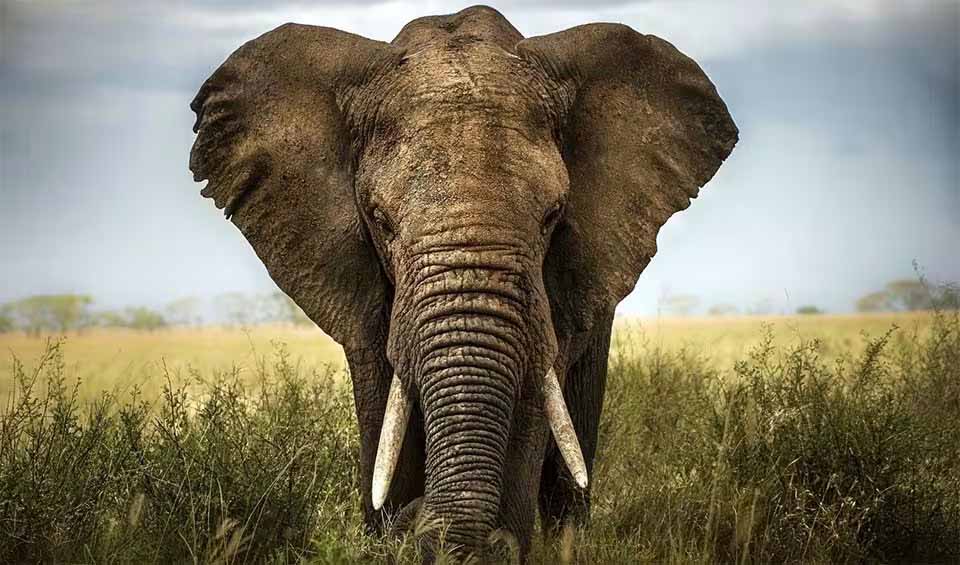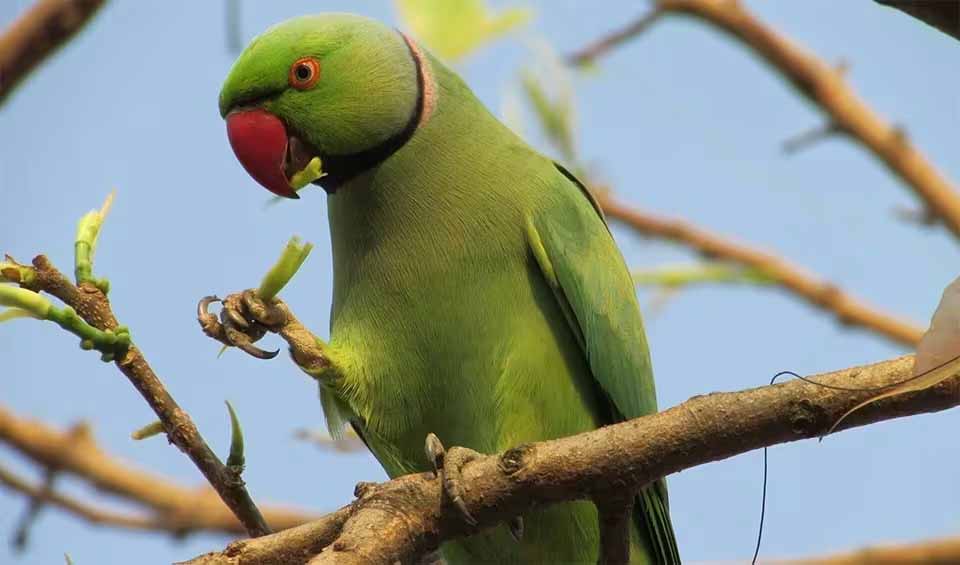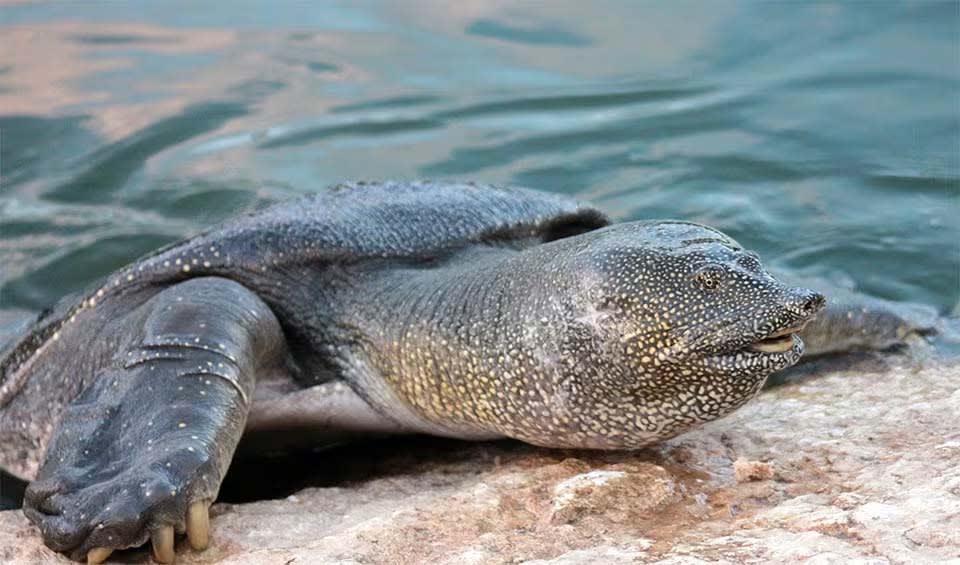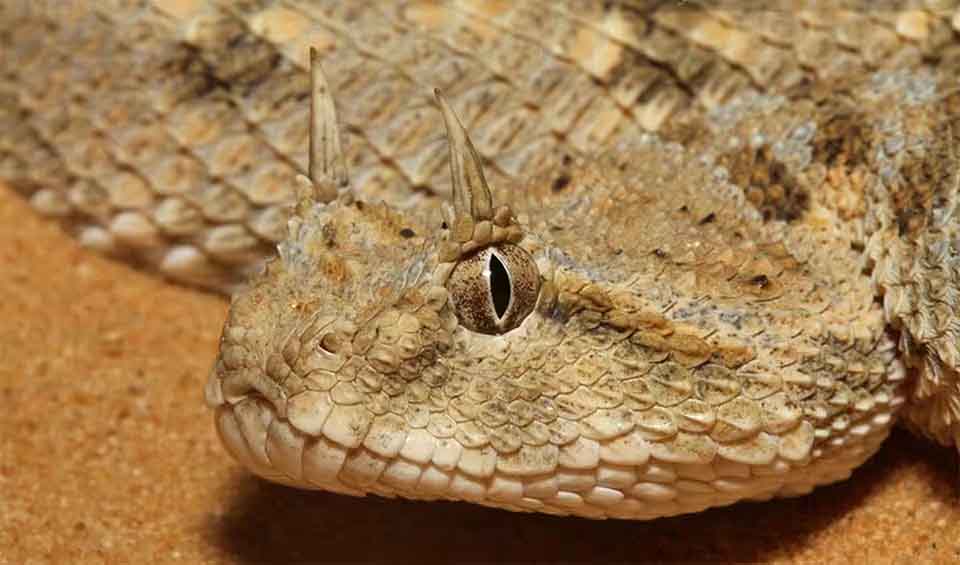Mali is renowned for its rich biological diversity, encompassing a wide range of forests, wildlife, aquatic species, and ecosystems. These natural resources are vital for the survival and development of essential commodities used for medicine, food, nutrition, oils, foliage, nuts, and spices, all of which are crucial to the Malian diet.
Biomass, including both trees and herbs, is a critical source of fuelwood for domestic use and livestock feed. It also provides a vital supplementary income, particularly during the pre-harvest lean periods and droughts. Additionally, non-timber agroforestry products play a significant role in household nutrition by supplying essential vitamins and minerals, and they also contribute substantially to income generation.
Four pillars elaborated:
Mali is home to two national parks: Bafing National Park, celebrated for its chimpanzees and varied wildlife, and Boucle du Baoulé National Park, which is inhabited by elephants, lions, and hippos. These parks safeguard numerous species while permitting certain human activities. Important reserves in Mali include the Ansongo-Ménaka, Gourma, and Fina Faunal Reserves. Additionally, Mali contains more than 100 classified forests, such as the Sounsan Forest Reserve, which conserves crucial timber resources and biodiversity. Land Management
Land Management
The loss of ecological balance in Mali is driven by both natural biophysical factors and human activities. Biophysical challenges include a harsh climate characterized by higher temperatures, low and erratic rainfall, prolonged droughts, and declining soil fertility. Human-induced pressures stem from resource overexploitation and mismanagement linked to population growth, poverty, increasing livestock numbers, deforestation, overgrazing, poaching, illegal fishing, bush fires, and the use of pesticides and other chemicals. Threats to Biodiversity
Threats to Biodiversity
Key direct threats to biodiversity in Mali include climate change, agricultural expansion, urban sprawl leading to habitat loss, bushfires, and the unsustainable harvesting of wood for energy. Indirect threats arise from changes in human demographics, economic activities, technology, and socio-political and cultural factors.
Mali has actively engaged in international conservation efforts by signing and ratifying key treaties such as the Convention on Biological Diversity, the Algiers Convention, CITES, and conventions on climate change and desertification. These agreements have spurred numerous actions to preserve Mali’s biodiversity, including the adoption of the Aichi objectives at the 10th COP, which are designed to address both natural and human threats to biodiversity by urging updates to national strategies. Furthermore, since CITES was enforced in Mali in 1994, it has regulated the trade of endangered species to prevent threats to their survival. Capacity and Governance
Capacity and Governance
Domestically, Mali has developed a national biosafety framework, passed biotechnology laws, and established a National Biosafety Committee. The country also implemented the Agricultural Guidelines Law in 2006. These efforts are complemented by integrating biodiversity goals into broader development policies and strategies across various sectors, supporting Mali’s commitment to global conservation objectives.
Mali’s National Biodiversity Strategy and Action Plan is designed to preserve and responsibly manage the nation’s diverse biological resources. It targets five principal areas: weaving biodiversity preservation into national policies, alleviating pressures on biodiversity, improving the status of biodiversity, ensuring the equitable distribution of benefits, and bolstering institutional and human capacities. The plan details specific measures such as crafting a national biodiversity policy, creating protected areas, endorsing sustainable agricultural and forestry methods, and increasing public awareness of biodiversity conservation. Successful implementation of this strategy requires the cooperation of government bodies, non-governmental organizations, and community groups. Additionally, the plan underlines the necessity of tracking and assessing advancements towards its objectives. Future Trends
Future Trends
Biodiversity
Mali is home to a rich and varied plant life, boasting 1,739 spontaneous species spread across diverse plant families, which play a crucial role in the country’s biodiversity. This botanical variety not only supports a broad range of animal species but also provides essential resources for local communities. Plants in Mali are utilized for food, medicine, construction, and cultural practices, with traditional healers often relying on native plants for treating ailments. The country’s fauna is equally diverse, featuring a wide array of animal species across its landscapes.However, many of these species are in decline, with the IUCN Red List identifying several as critically endangered or vulnerable, such as the Dama gazelle, chimpanzee, wild dog, cheetah, Barbary sheep, Dorcas gazelle, hippopotamus, elephant, and manatee. This highlights the critical need for conservation efforts to protect Mali’s unique wildlife.
In the table below are the number of known species in several main groups, how many of these species are Threatened with extinction, and how many of them are Endemic (unique to Mali only):
| Species (World rank) |
Threatened | % Threatened | Endemic | % Endemic | |
|---|---|---|---|---|---|
| Mammals | 159 (#74) | 14 | 8.8% | 1 | 0.6% |
| Birds | 567 (#61) | 19 | 3.4% | ||
| Reptiles | 369 (#23) | 4 | 1.1% | 268 | 72.6% |
| Amphibians | 22 (#93) | 2 | 9.1% | ||
| Fishes | 139 (#173) | 2 | 1.4% | 2 | 1.4% |
| Plants | 1,739 (#155) | 12 | 0.7% | 8 | 0.5% |
mammals
African bush elephant
Size matters! The largest of the three elephant species and the largest extant terrestrial creature on our planet
Olive baboon
The most wide-ranging of all baboons, native to 25 equatorial African countries
Sand cat
During mating, they use bark-like vocalizations as a mating call that sounds like chihuahuas
birds
Northern bald ibis
Considered a sacred bird by ancient Egyptians, often depicted in their art and mythology
Eurasian Griffon
Most social vultures with 12 distinct types of vocalization
Rose-ringed parakeet
If you ever forget the tune of a song, don’t worry; this bird has your back
reptiles
African softshell turtle
Instead of a bony shell, it has a flat, leathery covering that helps it glide smoothly through the water
Desert monitor
Known for their impressive stamina and can travel long distances in search of food and water
Saharan horned viper
Despite its fearsome appearance, it is a shy and reclusive creature that would rather hide than confront a threat
National Animals
Egyptian vulture
A highly intelligent species that is the world’s only tool-using vulture with a long migratory range














